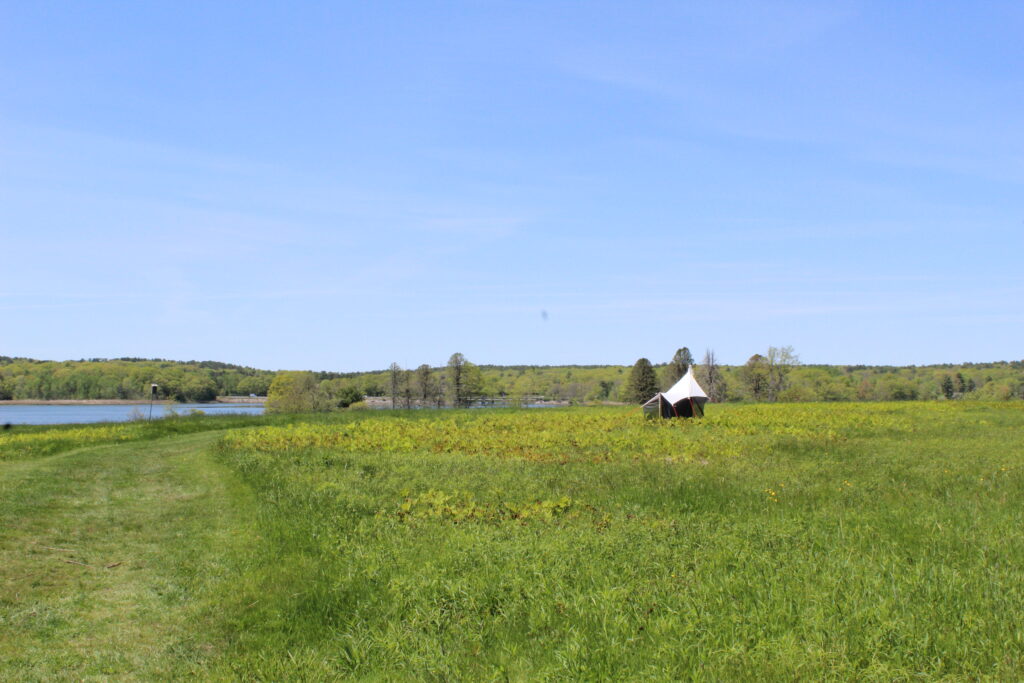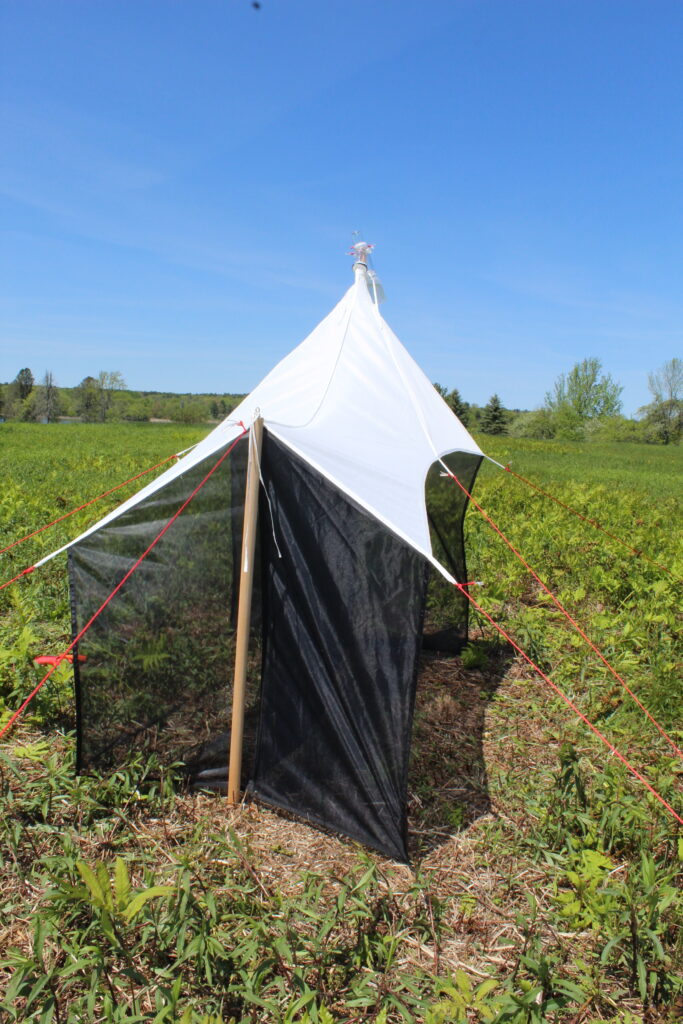
Insects are possibly the most overlooked and undervalued animals on the planet. Without them, our entire ecosystem would not survive. So we were concerned, a few years ago, to hear that insect populations are in decline, possibly even crashing. According to one study, 40 percent of the world’s insect species are in danger of extinction.
Maine Audubon gathered local insect experts and pulled together long-term datasets to see if we could identify population trends occurring in Maine.
We found that it really depends on what kinds of insects you’re looking at, where the surveys were conducted and in what habitats, and how the habitat had changed over time.

Now we’re diving in again and joining more than 100 researchers across the continent to examine how climate change may be affecting insect abundance, and how we can better design future studies to answer basic questions about how insect populations change over time. This spring and summer, as part of the North American Insect Abundance Network, we are setting up collection tents called Malaise Traps at the Gilsland Farm, Fields Pond, and Hamilton sanctuaries to collect flying insects, which will be weighed and identified along with other samples from all across North America. Each trap stays up for three days (weather permitting!) and the collections will happen three times (once in May, and twice in June).
The study is being led by Peter Dunn, Distinguished Professor, Department of Biological Sciences, at the University of Wisconsin Milwaukee. This is the summary from Professor Dunn about his work to date:
“How will climate change affect insect abundance, and what can we learn from individual studies? These are the big questions asked by a new collaborative monitoring study published in Ecology, which established a network of nearly 100 malaise traps across North America starting in 2019. Already, Dunn et al. have found that a major assumption in climate change research—that insect biomass responds similarly to temperature throughout large regions—is incorrect. For example, biomass of nematoceran flies (an important food source for birds) increased, decreased, or stayed largely the same throughout the season, depending on where sampling occurred. The study illustrates the challenges of making large-scale predictions of how organisms will respond to climate change, and it offers design guidelines for future large-scale monitoring schemes.”
These three sampling periods are roughly timed to coincide with different stages of an average swallow nesting timeline, because as Doug Tallamy reminds us, nesting birds feed their young insects, even if they are primarily seed-eaters at other times of the year. The connection between insect populations and bird populations is profound, and it stands to reason that whither the insects go, the birds will follow. Understanding what is happening with insects in Maine and across North America will help us understand changes in food webs across a whole host of species groups.
We look forward to sharing what we find here in Maine and how it helps us understand what’s happening across North America. Stay tuned for more exciting “bug” news!
